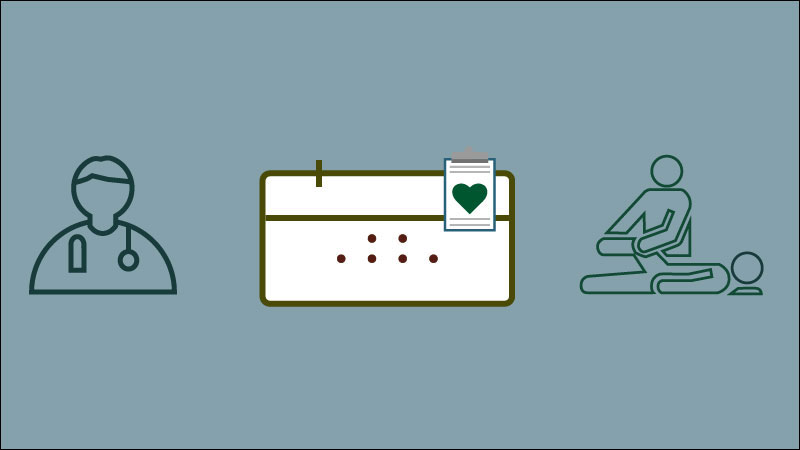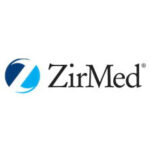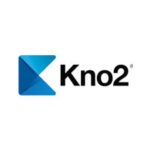For physical therapy practices, physician referrals are a vital source of appropriate referrals who would benefit from physical therapy intervention. Managing the process of acquiring and converting referrals into patients on the clinic schedule is therefore a priority activity. It could start by looking at the current patient referral conversion rate. Considering that a single referral could represent as much as $800 to $900 per case on average, seeking a close to 100% conversion rate is a good idea. Increasing conversion rate by just 1% could help capture as much as $40,000-$50,000 per year. However, many clinics do not have the right tools to track or manage referrals in a systematic way, based on access to data that helps make decisions to improve conversion rate. That is where a referral management system comes in to automate the end-to-end process as a structured, repeatable system. At the same time, bringing in more and more patients, many of whom may not be qualified referrals, would likely result in therapists spending too much time evaluating patients who are not ready for physical therapy intervention. More referrals increase patient volume but could lower productivity and prevent therapists from working with the right patients who would gain from the care program.
Referral Management Metrics
Therefore, referral management is not just a volume game. Tracking metrics is also key. These include:
Conversion Rate
This measures the percentage of referrals converted to first appointments and is an indicator of how effective the physical therapy practice is at getting referrals scheduled for their first visit.
Average Scheduled Frequency
This refers to the frequency with which referral appointments are timed. This points to how regular patient attendance is and onward to patient experience and completion of the plan of care.
Cancellation/No-Show Percentage
As the percentage of referral appointments that are cancellations or no-shows, this metric throws light on how good the physical therapy is at getting patients to show up for their visits.
Average Visits Per Discharged Case
As the average number of visits before the patient is discharged, this points to how long the physical therapist takes to achieve a positive outcome.
Referral Management Process
In the world of referral management, referring practices and referral sources are key parts of the lexicon. Managing these entities is what physician referral management boils down to. Here is how the process unfolds:
Acquiring Referrals
Building relationships with referring practices to get new referrals is where the process starts.
- The field rep follows up with the referring practice to acquire new patients.
- For each referral source, field rep activities and referrals generated are tracked vs. target numbers.
Updating System
Next would be the updates to the referral management system to get data in place.
- Information updated includes insurance data (primary/secondary), fee class, and referral source.
- Therapist availability is checked at a particular location for a suitable appointment schedule.
Converting Referrals
Getting patients on the clinic schedule follows.
- The appointment slot is booked, and the referral is converted into a patient record in the EMR.
- Patient insurance benefits are verified before referrals arrive.
- Referred patients are monitored and prioritized for follow up as the appointment date comes close.
- After successful verification of insurance, the patient is dropped from the list of referrals.
While direct access makes headway, physician referrals continue to be a source of qualified patients for most practices. This would require staying on top of referring practices, referral sources, referral activities, and referred patients. With a Referral Management System that is seamlessly integrated with the Physical Therapy EMR, dialing up patient numbers and revenues should follow.


















